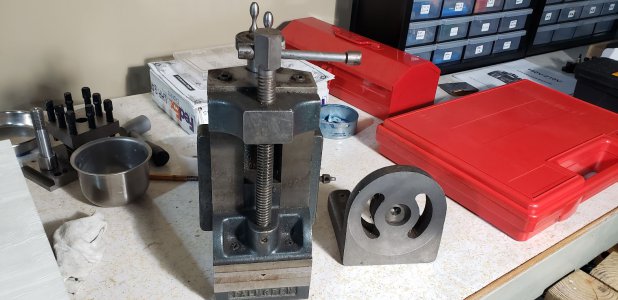I would think a cross slide that runs down or up hill to the spindle is an issue for turning as well... if you have a larger diameter that you are turning down a bit on the outside you could be above center line and below the center line as you get closer to the center and vice versa.... maybe not enough to make a big difference. I have no expertise!It is probably alright for most lathe work. But I have a milling vise that I want to use on the lathe as a backup milling option. I can't do accurate milling with a vise that runs downhill with respect to the spindle. I have reached out to P.M. for a solution. They are contacting the factory.
What milling vise do you have? I've wondered if one is worth it when I get my PM-1236T for the simple things.... though, I'm actually considering their PM728VT as a starter mill when I pick up my lathe in a couple months. They have a lot of these in stock.
